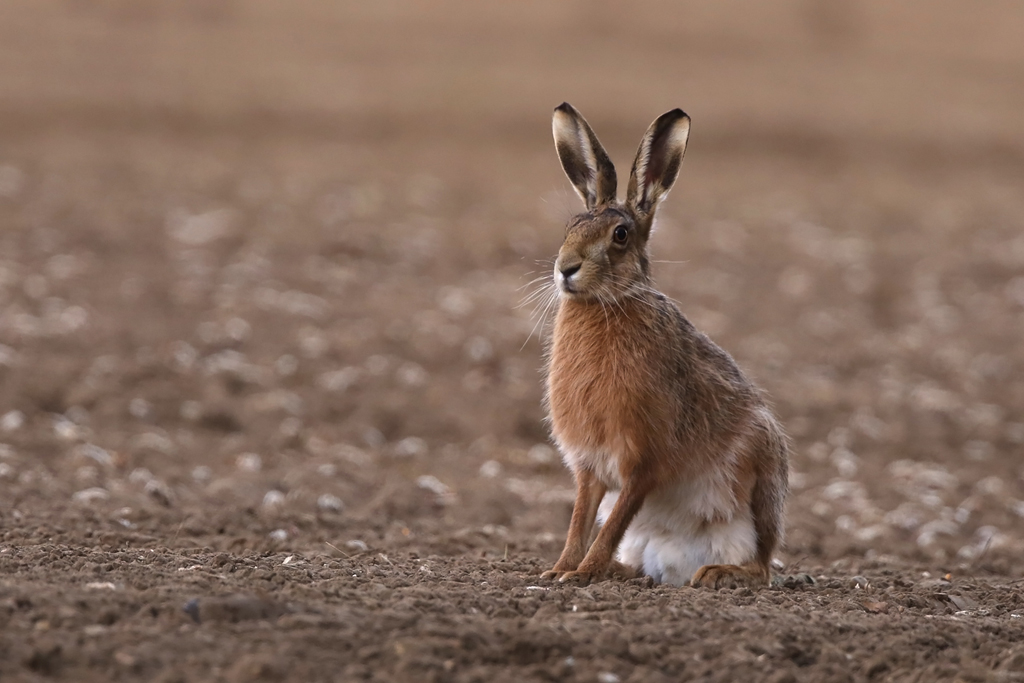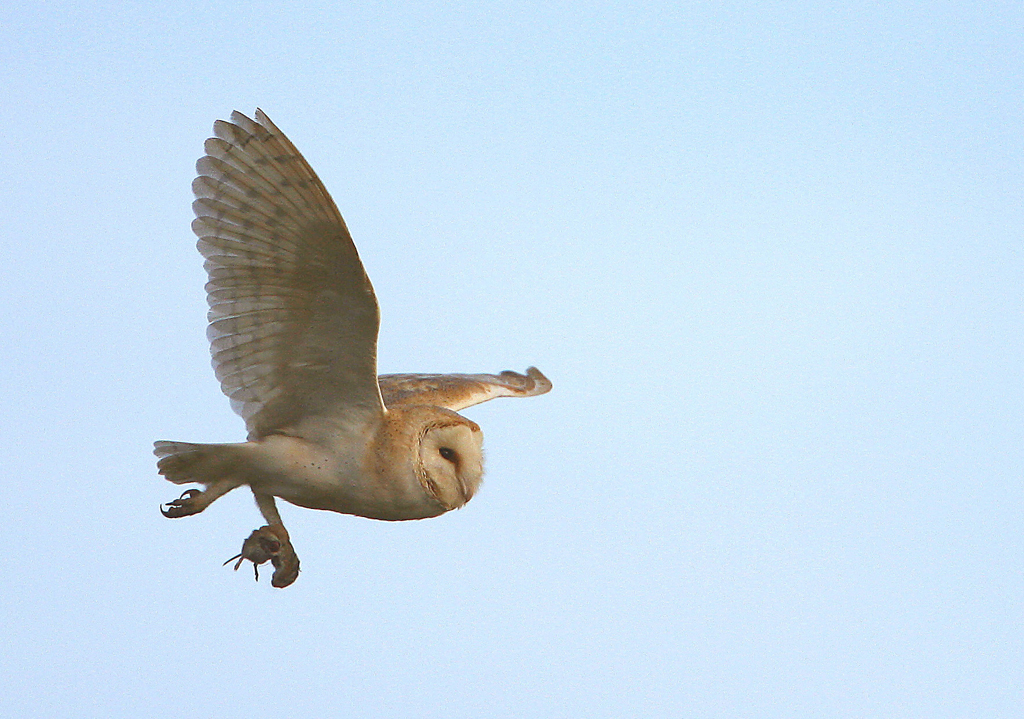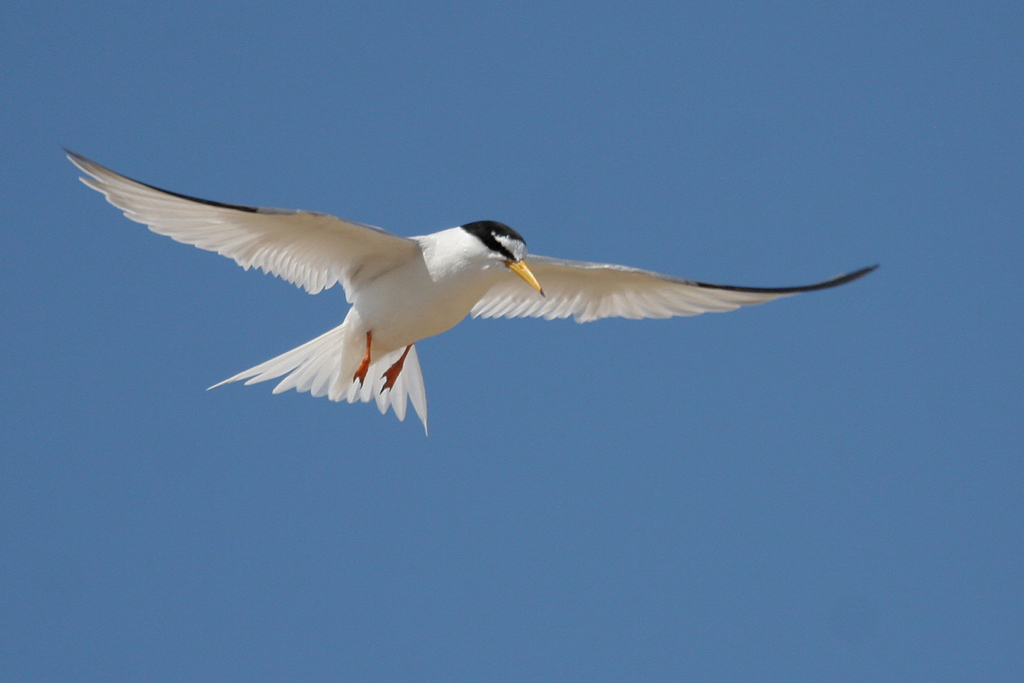Village Voices Nature Note: Sounds of Summer
01 Sep 2020
I have a wonderful childhood memory of high summer – just lying in the long grass, looking up at the blue bowl of the sky and hearing the sounds of crickets and grasshoppers chirping away endlessly all around me. This came back to me the other day when I found a splendid Roesel’s bush cricket actually sitting on my back gate. The bush crickets are a special group, considerably larger than most grasshoppers, and make very loud and distinctive sounds. Whereas grasshoppers produce these by rubbing their wing-cases against their legs, bush crickets do it by rubbing their wings together. An expert can distinguish all their different ‘songs’ just as easily as different bird songs, though alas they are so high-pitched that once you’re over 50 you start losing them. I do remember the Roesel’s song, however: an extraordinary crackling like the sound of overhead electricity pylons. Naturalists have had to resort to equally bizarre similes to describe the other species in the stridulation section of this insect orchestra: the great green bush cricket ‘like the sound of crystal beads dropped in a stream down a crystal stair’; the cone-head ‘a quiet sewing-machine purr’; while the alarmingly-named wart-biter cricket produces a rapid burst of short clicks; and the oak bush cricket uses his long hindlegs to beat out a tap-dance ‘like the sound of soft rain’.
Grasshoppers have inspired some human music, too. Benjamin Britten composed Two Insect Pieces for piano and oboe, where the bounding gait of the grasshopper is contrasted with the angry buzzing of the wasp. And John Keats celebrated the cricket chorus in a lovely poem that begins, ‘The poetry of earth is never dead’, making the point that you could hear crickets through winter as well as summer. Or you could then, when the cricket on the hearth, immortalised in Charles Dickens Christmas Story, was a cheerful presence in many households. It is said that you can use the house cricket’s chirps as a thermometer. The formula for a centigrade reading is: count the number of chirps in 14 seconds, add 25, divide by three, then add four. So, if your cricket chirps 112 times a minute it should be about 20°C outside. Check it out though you may have to listen for your house cricket in a boiler room nowadays.
Crickets and grasshoppers are all members of the large family called the orthoptera (meaning ‘straight-winged’), which also includes the grasshoppers of folklore we now call locusts. Despite their destructive reputation, the Bible calls them one of the four ‘little things’ regarded as ‘exceeding wise’, along with ants, spiders and rabbits. ‘Why?’ is another story.
Grasshoppers have inspired some human music, too. Benjamin Britten composed Two Insect Pieces for piano and oboe, where the bounding gait of the grasshopper is contrasted with the angry buzzing of the wasp. And John Keats celebrated the cricket chorus in a lovely poem that begins, ‘The poetry of earth is never dead’, making the point that you could hear crickets through winter as well as summer. Or you could then, when the cricket on the hearth, immortalised in Charles Dickens Christmas Story, was a cheerful presence in many households. It is said that you can use the house cricket’s chirps as a thermometer. The formula for a centigrade reading is: count the number of chirps in 14 seconds, add 25, divide by three, then add four. So, if your cricket chirps 112 times a minute it should be about 20°C outside. Check it out though you may have to listen for your house cricket in a boiler room nowadays.
Crickets and grasshoppers are all members of the large family called the orthoptera (meaning ‘straight-winged’), which also includes the grasshoppers of folklore we now call locusts. Despite their destructive reputation, the Bible calls them one of the four ‘little things’ regarded as ‘exceeding wise’, along with ants, spiders and rabbits. ‘Why?’ is another story.
Jeremy Mynott








